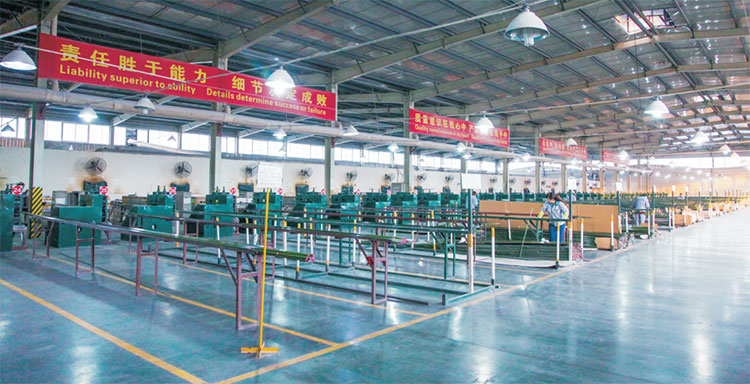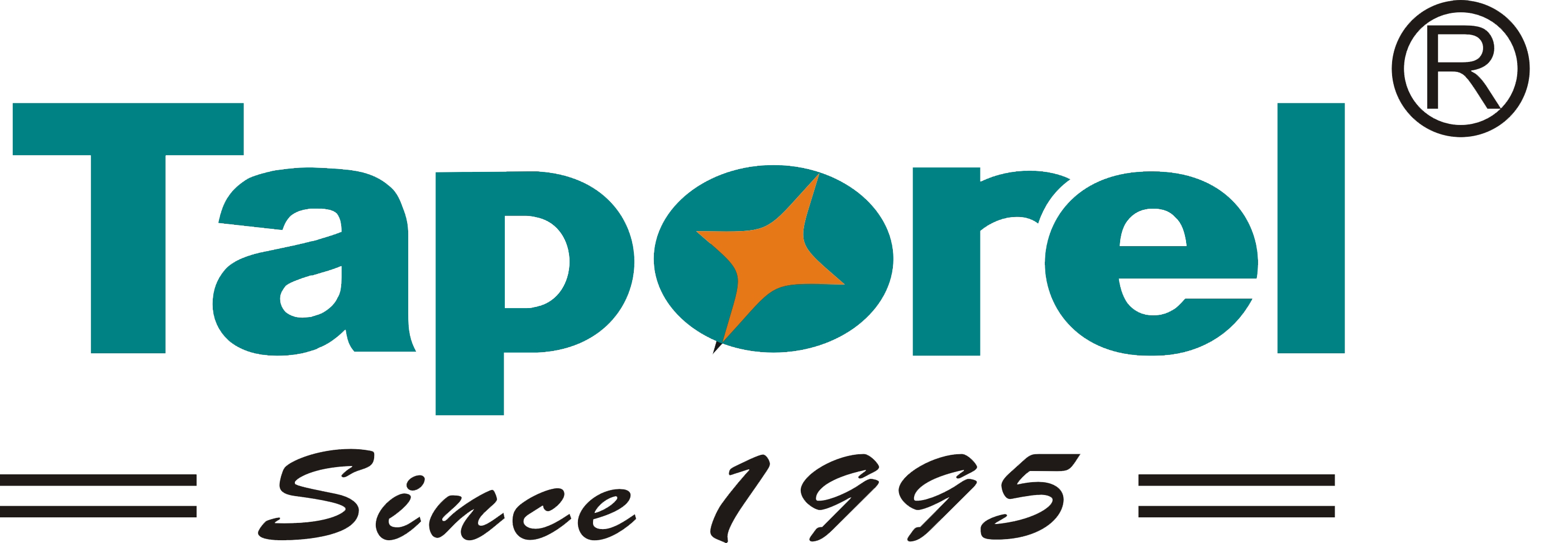What is the Epoxy Glass Cloth Winding Tube?
Epoxy Glass Cloth Winding Tube is a high-strength composite material consisting of layered epoxy-impregnated glass cloth wound around a mandrel and then cured under control conditions. It forms a rigid, durable tube with excellent dimensional stability, high mechanical performance, and excellent electrical insulation properties. Because of its good uniformity and structural integrity, glass cloth is a preferred way of forming glass tubes compared to fiber wound tubes, where uniformity and performance under load are required for the application. Excellent resistance to moisture and chemicals, as well as thermal stress, contributes to long-term reliability in demanding environments. Generally, they are used in the manufacture of electrical insulating components for high-voltage switchgear, bushings, and transformers. They possess the capacity to resist deformation and maintain insulation properties under high temperatures and high mechanical stresses and they are well suited to use in critical industrial and electrical applications.
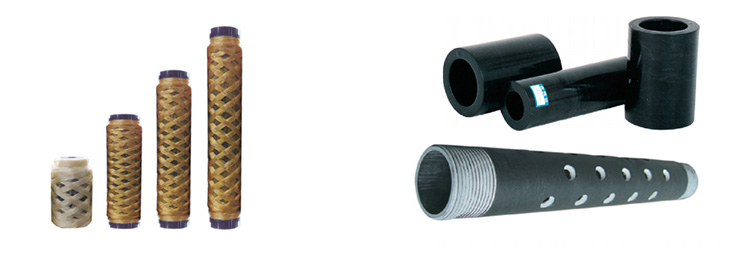
Parameters
|
No.
|
Item No.
|
ID
d, mm
|
OD
D, mm
|
Length
L, mm
|
Color
|
|
1
|
TWPF20*D*L
|
Ф20
|
On request
|
1050
|
Green
Brown
Black
or colors on request
|
|
2
|
TWPF23*D*L
|
Ф23
|
1150
|
||
|
3
|
TWPF24*D*L
|
Ф24
|
1300
|
||
|
4
|
TWPF26*D*L
|
Ф26
|
2200
|
||
|
5
|
TWPF30*D*L
|
Ф30
|
1200+1200、1600*3
|
||
|
6
|
TWPF32*D*L
|
Ф32
|
1350
|
||
|
7
|
TWPF36*D*L
|
Ф36
|
1200*2、1600*2
|
||
|
8
|
TWPF38*D*L
|
Ф38
|
2200
|
||
|
9
|
TWPF40*D*L
|
Ф40
|
1900
|
||
|
10
|
TWPF43.1*D*L
|
Ф43.1
|
1600
|
||
|
11
|
TWPF43.5*D*L
|
Ф43.5
|
3550、1600
|
||
|
12
|
TWPF45*D*L
|
Φ45
|
1600
|
||
|
13
|
TWPF47*D*L
|
Ф47
|
1600
|
||
|
14
|
TWPF47.5*D*L
|
Ф47.5
|
1600、1700、2800、3300、3400
|
||
|
15
|
TWPF48*D*L
|
Ф48
|
1100、1600*5
|
||
|
16
|
TWPF50*D*L
|
Ф50
|
1300
|
||
|
17
|
TWPF54*D*L
|
Φ54
|
3000
|
||
|
18
|
TWPF55*D*L
|
Ф55
|
1700
|
||
|
19
|
TWPF56*D*L
|
Ф56
|
2800
|
||
|
20
|
TWPF57*D*L
|
Ф57
|
1300*2、1600*3
|
||
|
21
|
TWPF57.5*D*L
|
Φ57.5
|
1600
|
||
|
22
|
TWPF60*D*L
|
Ф60
|
1400
|
||
|
23
|
TWPF63*D*L
|
Ф63
|
1400
|
||
|
24
|
TWPF64*D*L
|
Ф64
|
1550*3、2850、1600*2
|
||
|
25
|
TWPF65*D*L
|
Ф65
|
1600
|
||
|
26
|
TWPF66*D*L
|
Φ66
|
1600
|
||
|
27
|
TWPF68*D*L
|
Ф68
|
3150
|
||
|
28
|
TWPF70*D*L
|
Ф70
|
1400、1600*3
|
||
|
29
|
TWPF73*D*L
|
Ф73
|
1650
|
||
|
30
|
TWPF76*D*L
|
Φ76
|
1600
|
||
|
31
|
TWPF77*D*L
|
Φ77
|
1600
|
||
|
32
|
TWPF80*D*L
|
Ф80
|
1700
|
||
|
33
|
TWPF83*D*L
|
Ф83
|
1400、2400*2、2800*2
|
||
|
34
|
TWPF90*D*L
|
Ф90
|
1450
|
||
|
35
|
TWPF92*D*L
|
Ф92
|
1500*5、2700*1
|
||
|
36
|
TWPF100*D*L
|
Ф100
|
1700
|
||
|
37
|
TWPF102*D*L
|
Ф102
|
1300*4、1600*5
|
||
|
38
|
TWPF110*D*L
|
Φ110
|
1600
|
||
|
39
|
TWPF112*D*L
|
Φ112
|
1600
|
||
|
40
|
TWPF130*D*L
|
Ф130
|
1450、1700
|
||
|
41
|
TWPF131.7*D*L
|
Ф131.7
|
1500*3、1600*3
|
||
|
42
|
TWPF140*D*L
|
Ф140
|
1100、1650
|
||
|
43
|
TWPF146*D*L
|
Ф146
|
3850
|
||
|
44
|
TWPF160*D*L
|
Ф160
|
1300
|
||
|
45
|
TWPF198*D*L
|
Ф198
|
1500*4、1900
|
||
|
46
|
TWPF210*D*L
|
Ф210
|
1900
|
||
|
47
|
TWPF230*D*L
|
Ф230
|
500
|
||
|
48
|
TWPF240*D*L
|
Ф240
|
1600
|
||
|
49
|
TWPF248*D*L
|
Ф248
|
1900
|
||
|
50
|
TWPF260*D*L
|
Ф260
|
1900
|
||
|
51
|
TWPF268*D*L
|
Ф268
|
1600
|
||
|
52
|
TWPF270*D*L
|
Ф270
|
1300
|
||
|
53
|
TWPF290*D*L
|
Ф290
|
1700
|
||
|
54
|
TWPF300*D*L
|
Ф300
|
2000
|
||
|
55
|
TWPF310*D*L
|
Ф310
|
1300
|
||
|
56
|
TWPF320*D*L
|
Ф320
|
1700
|
||
|
57
|
TWPF340*D*L
|
Ф340
|
2200
|
||
|
58
|
TWPF350*D*L
|
Ф350
|
1650
|
||
|
59
|
TWPF360*D*L
|
Ф360
|
1700
|
||
|
60
|
TWPF370*D*L
|
Ф370
|
1700
|
||
|
61
|
TWPF380*D*L
|
Ф380
|
1500
|
||
|
62
|
TWPF390*D*L
|
Ф390
|
1700
|
||
|
63
|
TWPF410*D*L
|
Ф410
|
1700
|
||
|
64
|
TWPF520*D*L
|
Ф520
|
1600
|
||
|
1.T—Taporel WP—Winding tubes
2.Form above contains all current moulds. Please refer to our moulds and make designs based on them in order to save time and cost.
3. Length is based on customers’ request. Current molds as above.
4. Please indicate specifications and technical requirements with orders.
|
|||||
Are you interested in our products? Or would you like to receive customized services and solutions? Please let us know at info@taporel.com
Compared with epoxy glass fiber wound tube
The difference between the epoxy glass fiber wound tube and the epoxy glass cloth winding tube primarily depends on the reinforcing material and resulting performance characteristics.
Epoxy Glass Fiber Wound Tube is made up of continuous glass fiber reinforcement to offer excellent tensile strength and mechanical flexibility. It is suitable for applications with high load capacity and allowing complex shapes, due to this. The structure it favors emphasizes linear strength and is employed for high-stress environments where mechanical loads occur along the axis of the tube.
However, unlike Epoxy Glass Cloth Winding Tube, Epoxy Glass Winding Tube depends on woven glass cloth as reinforcement material, thus providing greater dimensional stability and uniformity as well as better resistance to deformation. The cloth in this tube is a woven structure and offers more distribution of stresses, making it a closer candidate for precise, consistent performance and thermal resistance. This is especially suited for environments in which mechanical and thermal demands are high and where stability is critical.
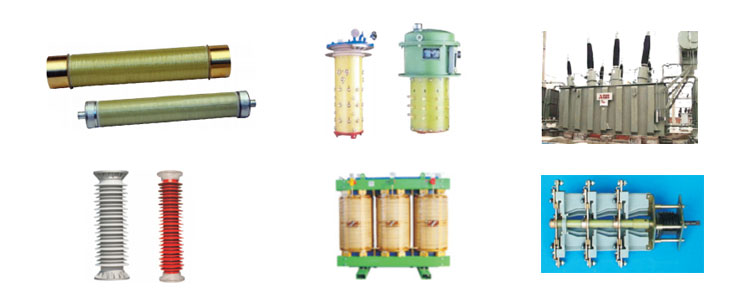
Application
1. High-voltage current-limiting Fuse Insulation
Current limiting fuses are used as an insulating component and offer electrical insulation and mechanical strength under high voltage conditions, to ensure safe and efficient operation in fault conditions.
2. Insulating Tube of Main Tap Changer of On-Load Tap Changer.
Mainly used to support electrical insulation as the main insulating tube in on-load tap changers, and to withstand the stresses of the voltage adjustment in the transformers under load, for safe operation during the switching switching.
3. Transformer Main Insulating Tube.
In transformers, are used for providing critical insulation, mechanical strength, and thermal stability to withstand high voltages and temperatures to extend the life of the transformer and to guarantee the transformer’s safety.
4. Transformer Electrostatic
The transformer electrostatic framework provides insulation and structural stability required to ensure the electrical performance of the transformer and to avoid damaging electrical discharge.
5. Shell Insulating (for Reactors and High Voltage Test Equipment)
It is used in the outer insulating shell of reactors and other high-voltage testing equipment for its electrical insulation, mechanical protection, and resistance to environmental stresses in critical high-voltage systems.
6. Hollow Composite Insulator Winding Tube.
In the manufacturing of hollow composite insulators—durable tubes that uphold insulators’ function of enduring high electrical stress and environmental conditions.
7. Insulating Tube and End Rings for Dry- type transformer
The insulating tube and end rings of dry-type transformers are applied, wherein they provide safe electrical insulation, but also mechanical strength and thermal stability in compact transformer designs.
8. Other Applications (Oil Immersed Load Break Switch shaft)
Epoxy Glass Cloth Winding Tube is suitable for the main shaft of oil-invaded load break switches, giving the insulation, and mechanical strength as an unconditional element in the switchgear operation for distribution systems.
ISO Certification
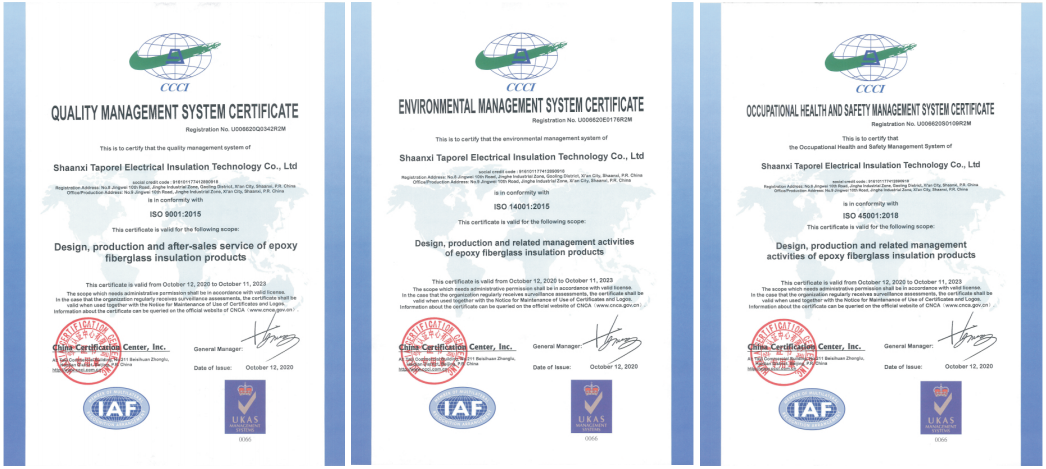
Workshop
